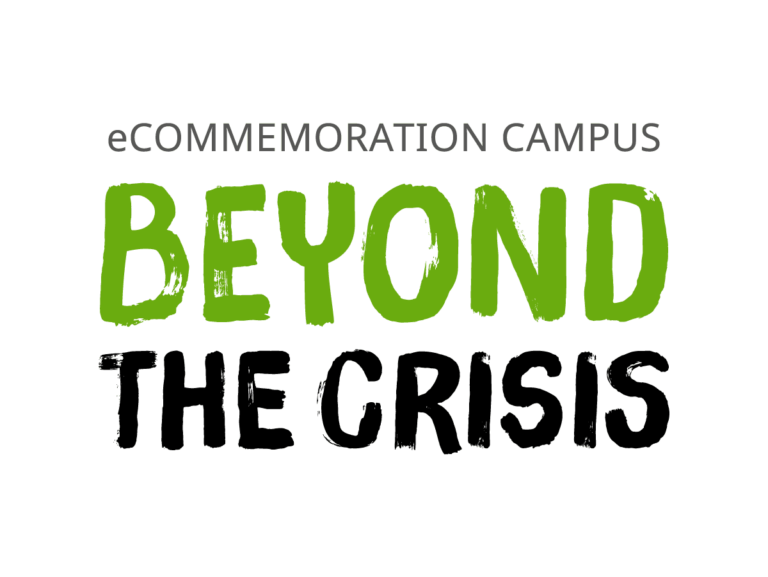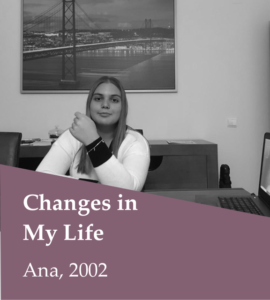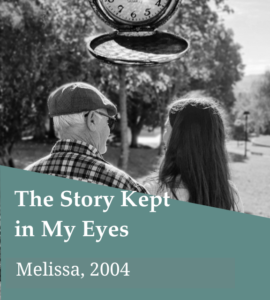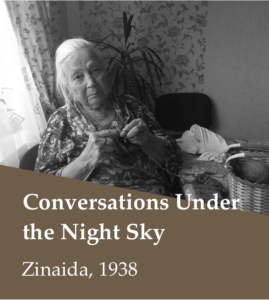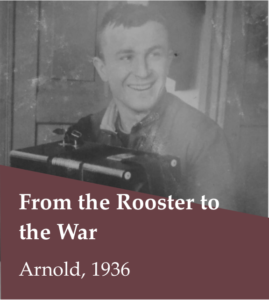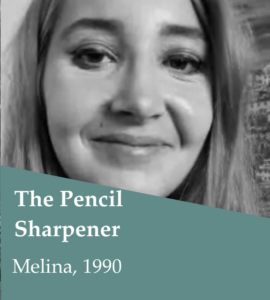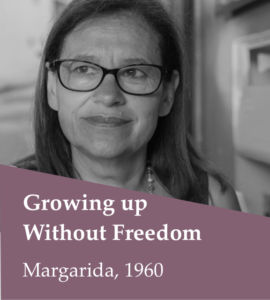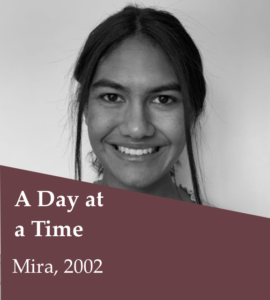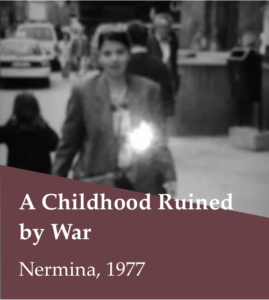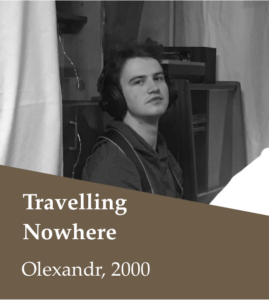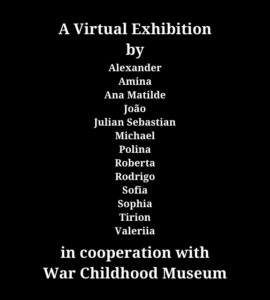Story: Hans, 1935 / Interviewed by Michael
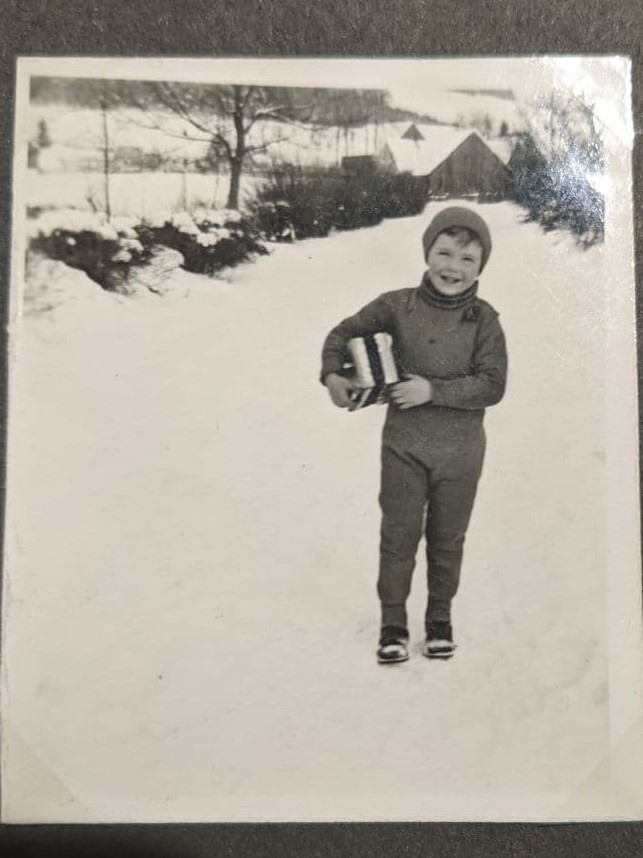
At the start of the war, I lived in a small village near the German town of Weiden in der Oberpfalz (Upper Palatinate region of Bavaria).
I started school in 1941 and Nazi organisations like Hitler Youth were very present there. Usually from the age of ten, the boys became “Pimpfe”, members of Jungvolk which was part of Hitler Youth. As members of these paramilitary organizations, these boys trained on the sports field and could practice riding motorbikes and shooting. The rest of us often envied them because they had a nice uniform, short corduroy trousers, brown shirts, better equipment and do fun things, like riding motorbikes, instead of only having to study. They were also the leaders and gave us orders when we had to march on the sports field in classes, where a Nazi song was sung.
Although it was only raw potatoes, the prisoners jumped on them as if they were the finest apples.
Nazi ideology in general was an everyday part of our school life during the war. For example, in high school we had a history book that started with Adolf Hitler’s biography and ended with the important emperors like Charlemagne. Our history lessons were geared towards “Germanness”. That was absolutely normal for us. Still our teacher was against the Nazis, saying: “We won’t start with Hitler”. Also, in primary school we were kept up to date by another teacher, a convinced National Socialist, about where the troops were and how the war was going.
At the end of the war, prisoners from Flossenbürg concentration camp were being driven to Dachau, directly through our village. We children of the village often gave them food. Although it was only raw potatoes, the prisoners jumped on them as if they were the finest apples. A few even managed to escape but were chased into the woods and shot. Their corpses were laid out in the mayor’s courtyard for everyone to be seen.
Hans, 1935

